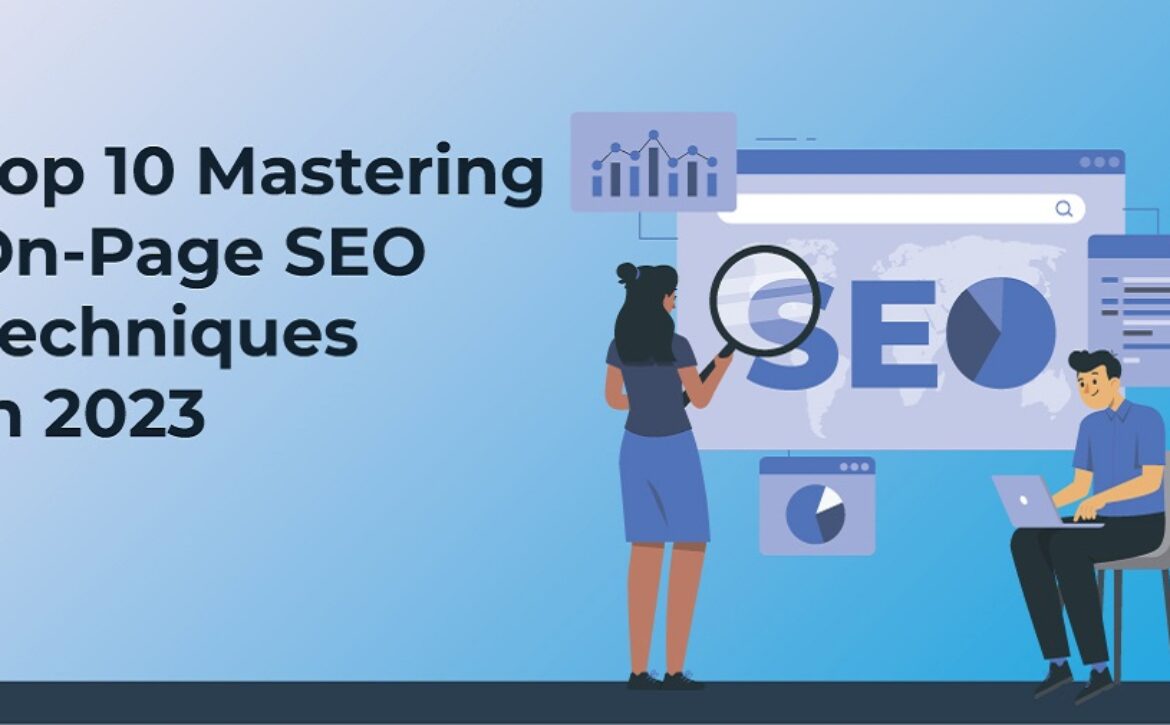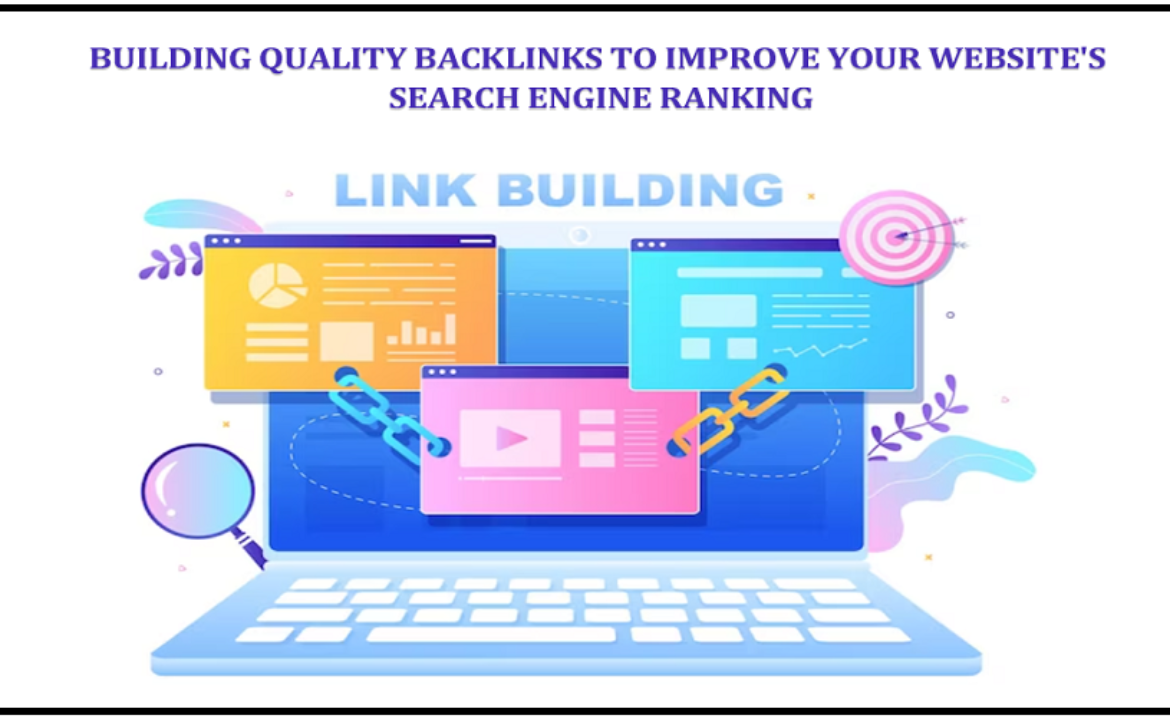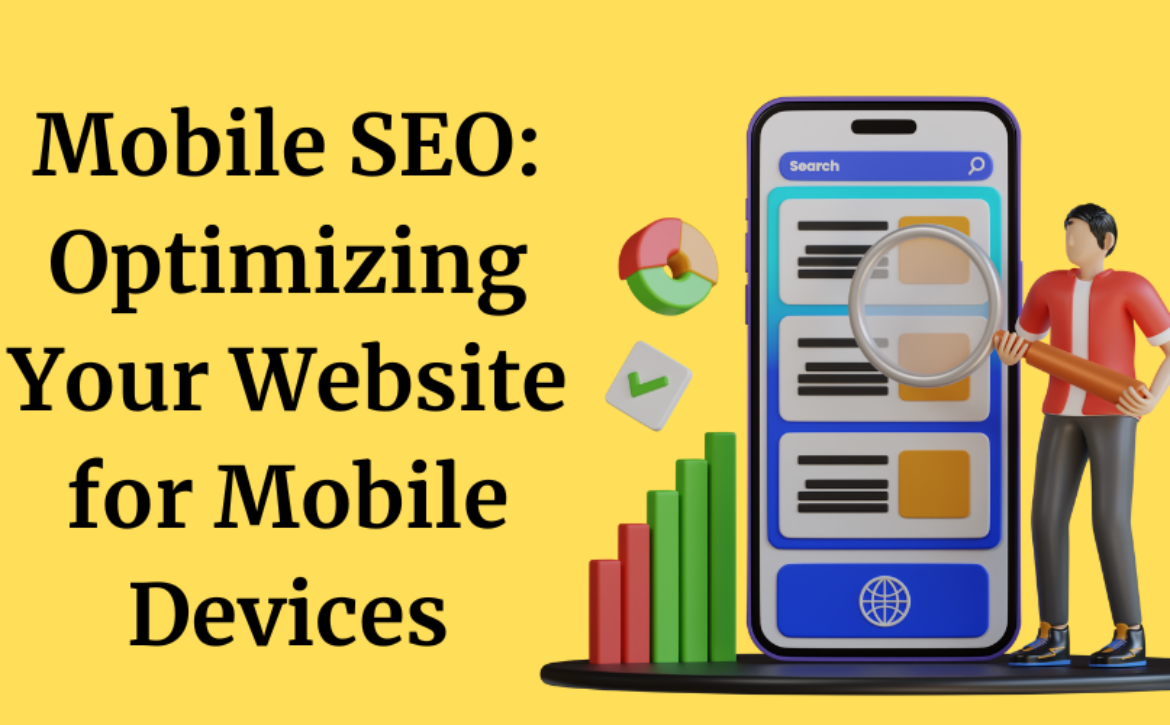What to Look for in an SEO Reseller
The best SEO resellers provide top quality and affordable services to their clients. They offer white label services and take full responsibility for their performance. They also help agencies with their growth plans without having to hire an in-house team of experts.
A reputable affordable SEO Reseller company will not make unrealistic promises and guarantee Google rankings. This is irresponsible and can harm a business’s reputation.
Customization
Providing personalized services to clients is the best way to build long-term relationships with them. Providing customized SEO solutions is also a great way to differentiate yourself from the competition and win more sales. You can do this by leveraging data from previous campaigns to determine which strategies are most effective for each client and suggesting personalized plans accordingly. Additionally, it is important to stay up-to-date with the latest trends in SEO and provide innovative solutions to your clients.
A good SEO Reseller will avoid using black hat techniques for their clients, as these practices are against Google’s guidelines. Cheap SEO reseller companies will often use one-size-fits-all SEO campaign templates, which are not tailored to each client’s website and market. This can lead to a negative impact on the client’s search engine rankings and may even result in a Google penalty, which can be costly to repair.
When selling SEO reseller packages, it is important to explain the benefits of your service in a clear and concise manner. Your customers may not have extensive knowledge of SEO, so you should take the time to educate them about the data they’re receiving. By doing so, you will show your clients that you are an expert in the field and can help them improve their SEO efforts.
In addition to SEO services, you can also offer your clients social media management, website development, and pay-per-click (PPC) advertising. This will ensure that your clients receive a comprehensive digital marketing strategy from a single provider. This will reduce the risk of conflicts of interest and allow you to focus on your core business.
SEO reselling is an excellent solution for agencies that want to expand their capacity without hiring new staff. It’s also a cost-effective way to get the best results for your clients. A quality white-label SEO agency will make sure to deliver quality work and will be willing to partner with you on a long-term basis. It will also be honest with you about the results you can expect, and will not make unrealistic promises.
Flexibility
SEO resellers offer a high level of flexibility and can adjust their services to meet the needs of their clients. They can provide a full range of SEO and marketing services, including keyword research, website development, link building, social media management, and more. They can also help businesses increase their website traffic, improve their online visibility, and build a strong reputation amongst their target audience. They can even handle their clients’ PPC campaigns. However, it is important to note that not all SEO resellers are created equal. It is important to choose a reputable company that has an established track record in the industry.
In addition to providing SEO services, an SEO reseller can help businesses grow their client base by attracting new customers. This is an excellent way to generate additional profits while minimizing risks and expenses. Moreover, the scalability that SEO reseller programs offer makes them an ideal choice for small businesses.
While hiring an in-house team is a traditional strategy for expanding a digital marketing agency, many agencies are hesitant to take on the risk and expense of investing in staff members. Fortunately, white-label SEO resellers are a great option for growing a business without the need to hire staff or invest in costly equipment.
A good SEO reseller will take the time to understand your business, its goals and objectives, and the keywords that will drive traffic to your website. They will also be familiar with the latest trends in SEO and will deliver quality results. Furthermore, they will provide your clients with a comprehensive report on the success of their efforts.
As a result, your clients will have a better chance of climbing to the top of search engine rankings. Positive reviews and a high rating will help your clients attract more visitors to their sites, which can lead to more sales and revenue.
Customer service
One of the most important capabilities for SEO Reseller is customer service. They need to be able to answer all of your questions and provide you with a detailed report that clearly states the work they have done. They also need to be available to discuss any issues that may arise. When evaluating an SEO reseller, look for one with a great track record and excellent customer reviews.
An SEO Reseller can be an excellent choice for small agencies that want to increase their revenue but do not have the resources or expertise to handle all of their clients in-house. These companies can provide their clients with high-quality results and ensure that the client’s website is visible on Google. In addition, they can offer a competitive pricing structure and ensure that their services are delivered on time.
The best SEO Reseller will deliver quality results and offer a wide range of services that are tailored to each client’s needs. They will also be able to provide their customers with a variety of different options for increasing their traffic and visibility on the web. Additionally, they will be able to provide their customers with white-labeled reports and visually appealing client dashboards that allow them to monitor the progress of their campaigns.
A good SEO reseller will be able to adapt their strategies based on changing trends and market conditions. This is essential because Google’s algorithms are constantly evolving, making it impossible for an agency to stay on top of their game. A reseller will also be able to help their clients reach their goals by recommending the right strategy and tactics for their situation.
The best SEO resellers will have the knowledge and experience to understand their clients’ needs and goals. They will be able to identify the best methods for improving their client’s search engine rankings and make recommendations that are relevant to the specific business. They will also be able to explain complex technical concepts in simple terms, which can help their clients understand the process better. It is important to remember that not every client will have the same level of knowledge, so it’s crucial to be patient and explain the process in a way that’s easy to understand.
Reporting
The demand for white-label SEO is growing, and it’s a great way to bring in additional revenue. It also gives you the opportunity to work with non-SEO agencies and develop enduring partnerships. To make sure you’re set up for success, start by focusing on your strengths and offering services that will provide the most value to clients. It’s also important to set clear goals and create a transparent reporting system. This will help clients feel confident in your abilities and trust that their money is being spent wisely.
When choosing a reseller firm, it’s important to find one that has a good track record of results and offers a flexible approach to reporting. Some reseller firms offer a standard template that can be easily customized to fit your agency’s needs, while others provide a fully customizable dashboard that allows you to build custom reports for each client. It’s also important to choose a firm that can provide you with the most detailed and actionable statistics and data possible.
During the selection process, you should ask potential resellers for case studies and examples of their previous work. However, you should keep in mind that these examples may not be representative of the real results you’ll get. In addition, some agencies may not be willing to reveal their client names. This is because they might be worried about the negative impact of publicizing their work.
The best reseller firms will offer a full range of services and support, including technical assistance and training. In addition, they should be able to communicate clearly with their clients and respond quickly to any queries or concerns. This will ensure that your clients are satisfied with the service they receive and will be more likely to recommend your company to other businesses.
A great white label agency will include comprehensive SEO reports as part of their service. These reports will detail all the activities that have been performed on a client’s website. They will also provide insight into how to improve their online presence. The best reseller firms will also be able to explain these reports in a way that makes them easy to understand for their clients.










